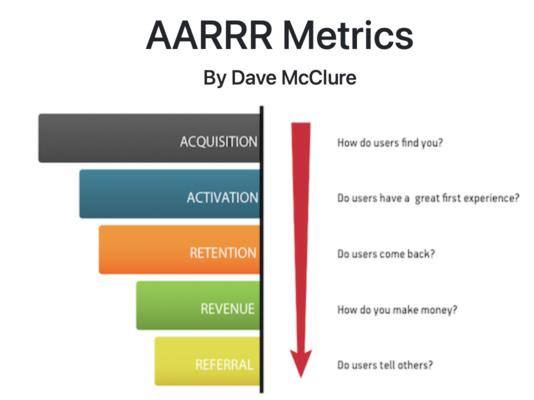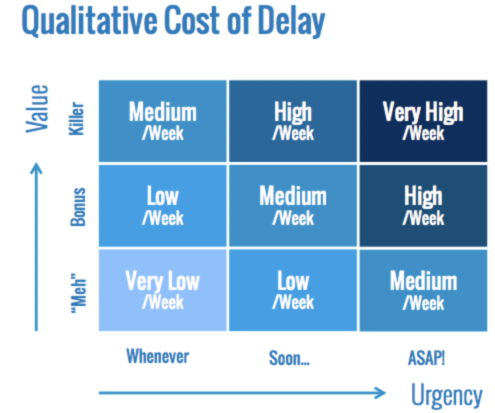Photo by Miguel Á. Padriñán from Pexels
“Escaping the build trap By Melissa Perri” is always on the list of must-read books for Product Managers.
This blog is the fourth part of my book summary. You can find the first part here, the second part here and the third part here.
What is Product Kata?
Product Kata is the continuous iterative process for discovering the right solutions for solving problems.
 |
|---|
| https://melissaperri.com/blog/2015/07/22/the-product-kata |
The first step is to create the product initiative. Consider the current state to determine what are the problems to be solved to get to achieve the objectives set in the strategic intent. This is how you arrive at product initiatives.
In order to achieve the product initiative, we need to determine milestones or short-term goals which help us validate if the solution is working as expected.
Setting success metrics
The author talks about 2 product frameworks - the pirate framework (AAARR) and the HEART framework.
The Pirate Framework (AAARR)
 |
|---|
| https://www.product-frameworks.com/AARRR-Metrics.html |
The HEART Framework
| Metric | Description |
|---|---|
| Happiness | How satisfied the user is with the product |
| Engagement | How often users interact with the product |
| Adoption | Similar to activation in the pirate framework |
| Retention | same as in the pirate framework |
| Task Success | How easy it is for a user to accomplish a task |
Problem exploration
The author recommends understanding the context around a customer’s problem to be able to come up with the right solution. The author recommends conducting user research, observing the user perform a task, conducting surveys, etc to explore the problem from a user standpoint.
Difference between user research and usability testing:
The purpose of usability testing is to validate if the user is able to use and navigate the product. This type of research is called evaluative.
The purpose of user research is to find the problem to solve. This type of research is called generative.
Solution Exploration
As part of solution exploration and experimentation, the author recommends building to learn, rather than building to earn. The author talks about the following ways to experiment to learn.
- Concierge - where the team delivers the end product manually. It may not look like the final product and the end user would know that it was delivered manually. This is helpful in validating and refining the solution before building automation.
- Wizard of Oz - where the team delivers the end product manually but the end user would not be aware that it was done manually. The end product would look like the final product.
- Concept Testing - the idea is to pitch the solution idea to the customer to get their feedback. The idea would be implemented in high-fidelity prototypes, low-fidelity wireframes, landing pages or videos.
Solution optimization
Story mapping and North Star documents are methods that can be used to make sure everyone understands the context and work that needs to be done.
Cost of delay is a framework that can be used to prioritize features in a release.
 |
|---|
| https://blackswanfarming.com/qualitative-cost-delay/ |
After we deliver a feature or a product, we should check if it meets the success metrics that were set at the beginning. If it does not meet the goals, we should continue either iterating to meet the target or roll back the changes and try something else.
Hope you found these notes helpful. You can find the first part here, the second part here and the third part here.
Thanks for reading.